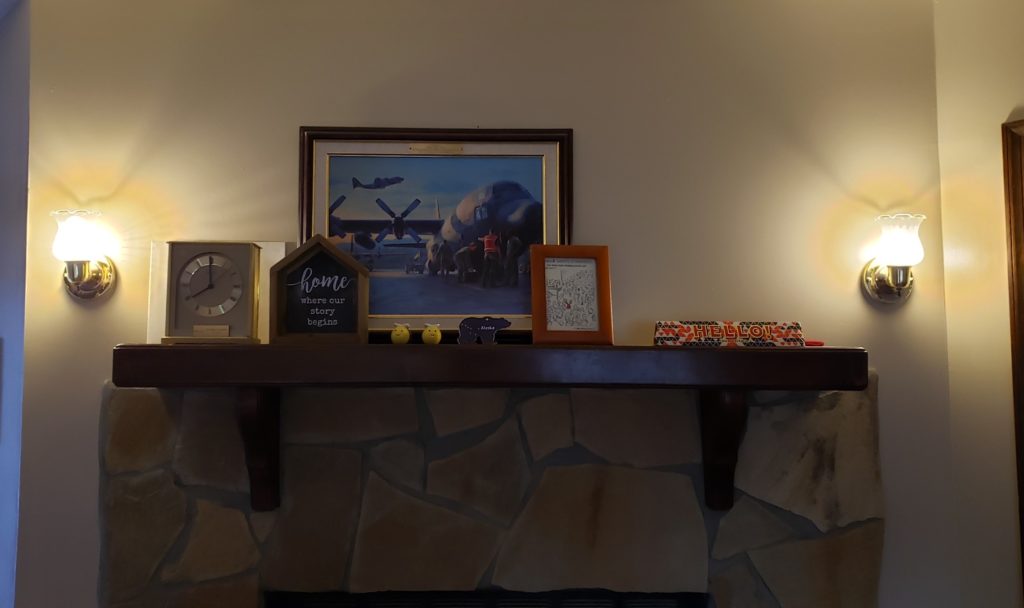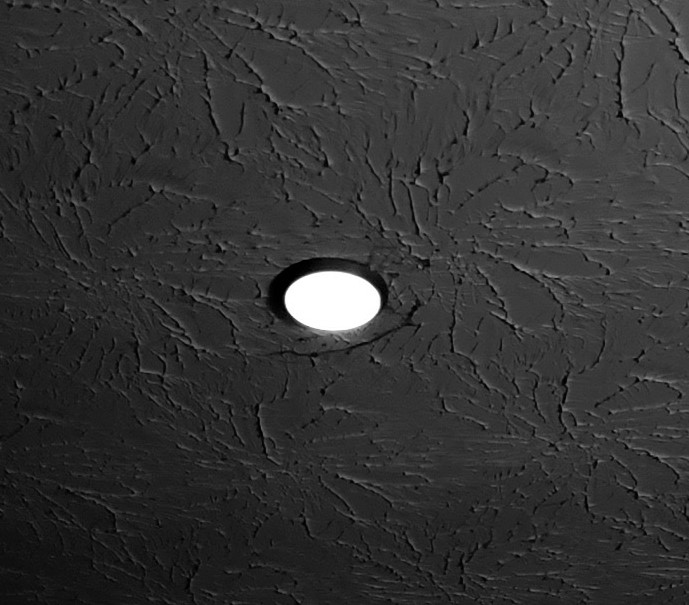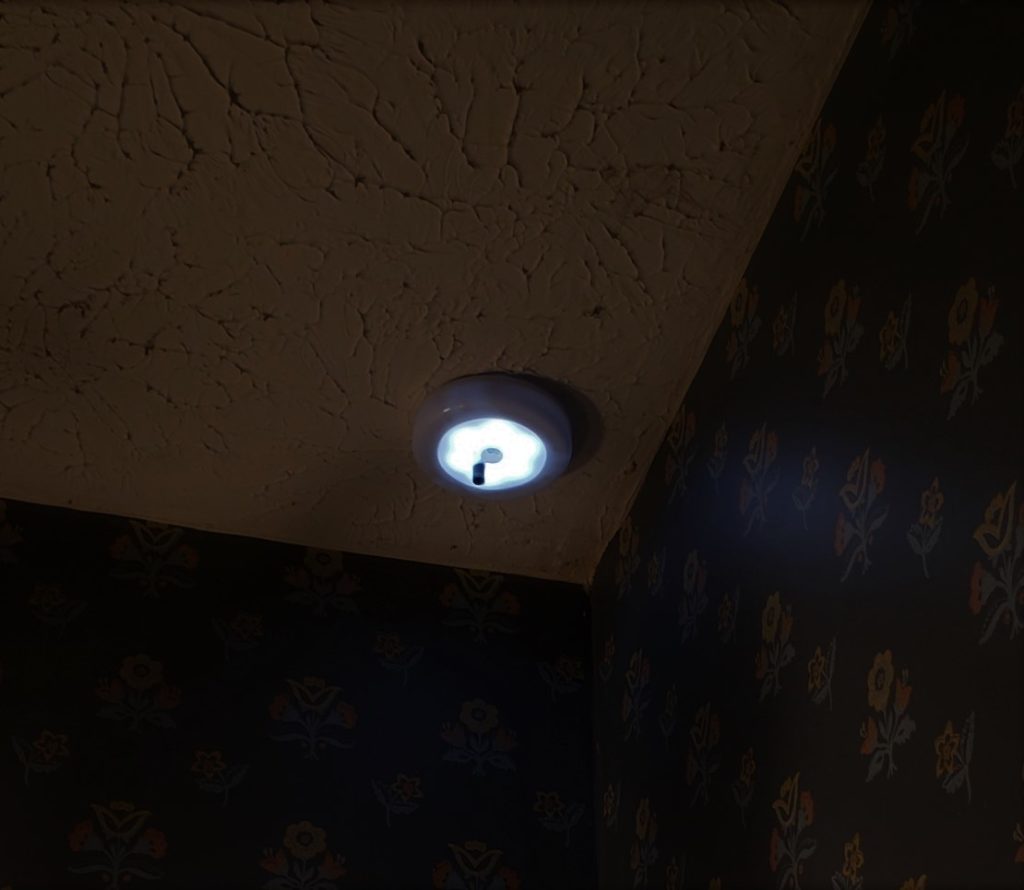My first computers taught me a lot about needing backup power solutions. I would spend a couple hours writing a program only to have a power glitch evaporate my efforts. I was lucky to have a computer that ran on 12V, so extending the power running the lights into the closet with the computer was not really difficult. My next PC had a traditional AC power supply which made things a little more complicated. I had already built a small UPS for the lights on the fireplace so it wasn’t difficult to build a bigger one that could also support the computer. (Just more money in parts.) Lightning struck a tree in my neighbors yard and that fried my home built UPS sitting the garage floor. I did not like the rather expensive UPS units in the stores, they all had an awfully short run time. It also didn’t make sense to purchase multiple UPS units because their batteries were a significant long term cost. I ended up buying two medium sized UPS units and wiring them to rather huge batteries. (I wasn’t worried about recharge times that would be several days.) There are too many variables that have to be taken into account and significant risks of modifying a consumer UPS unit to recommend it to anyone. (FYI, they are designed by cost concerns not the consumer’s needs. Most of them will approach terminal temperature by the time the battery is exhausted. So extending the battery yields dangerous amounts of heat and a possible fire… *Check it out on YouTube.)
Month: September 2018
Keep the lights on
I am still fascinated with electricity and all the things it can do. (Yes, I can still stare at a running 60KW generator in total awe for quite a while.) Having a home with toddlers in it pressured me into building redundant lighting in my homestead back in the 80’s. (The kids were not nearly as stressed if the lights managed to stay on during a storm.) I came up with two solutions. First I installed 12V “Grain of wheat” lamps in the ceilings of all the rooms and installed 12V powered wall lights over the fireplace. (Hey they were popular in the 80’s)

(It became unnecessary to have a flashlight since every room in the house was always Illuminated.) The charger and deep cycle batteries were in the garage with a heavy gauge wire run to a closet DC distribution box.
When “Puck” LED lights became popular in the 90’s I changed out the incandescent grain of wheat lamps out with LED ones. They are quite flat and about 3″ in diameter.

They produced considerably more light and consumed much less power.

The third generation LED lights I installed had a motion sensor in them. Normally the motion sensor would illuminate the unit for a minute or two. I soldered a resistor across the switch so that the LED always glowed and would brighten considerably when the motion sensor was activated. I installed these modified units in the dark areas of the house. (Bathrooms with no windows and closets) Further I powered them with a separate 4.5VDC power supply+Battery replenished with a solar panel permanently installed on the roof.
Is there anything that Software cannot do?
While I was deep into firmware based microprocessor projects Microsoft and IBM released the Personal Computer based on a similar Microprocessor. From then until now I’ve built many projects that are a simple hardware circuit driven by software. (One of the first solutions was a software thermostat for the house in the late 80’s.) I have maybe a dozen Raspberry Pi’s that have proven to be extremely reliable considering their low cost.
Hardware or Firmware solutions
In the 80’s microprocessors had become mainstream and my curiosity moved from analog hardware solutions to digital ones. There were several local stores that I could buy 7400 series Integrated Circuits in DIP packages for pennies. I was fascinated with the ease of building an If/Then digital circuit and tie that to a discrete component to power the action desired. Darlington transistors, especially PNP ones were terribly easy to interface with an open collector Integrated circuit. When the Zilog Z80 Microprocessor came out, I moved onto writing machine code into EEPROMS to get the desired results into my If/Then digital circuits I already knew. (I built a firmware based recipe box and a homemade Inverter/Charger that is commonly called a UPS today.)
Fast track Ohms Law and basic electricity
As a young child of the 1960’s I was fascinated with batteries and electricity. To feed my curiosity I had an Allied Radio catalog that (much like Amazon today) I could order about anything I could afford and have it delivered to our door. I spent the next 10 years building small circuits to fit a wide array of purposes. (I almost always had a solar powered radio in some form.) When I finally went to Junior College I already had a basic understanding of how most things around the house worked.
About This Blog
I find myself wondering if I could make a difference, more specifically a positive influence on someone’s life.
As I build this blog I envision refining it as I figure out…
1. How often should I make a post to the blog, or what level of emotion makes it worthy.
So far it seems that on blog page per day is what I’ve decided on.
2. How to write and what things I should write about. (Or not write about.)
I’ve created several pages talking about my past adventures and projects which I’ve tagged as “About Me”. The rest are a daily blog thus far.
Google Foo on “Effective Blogging”
Oct 1:Wow, there’s a lot of commercial blogging out there? (I wasn’t prepared for that.) I thought that a lot of bloggers were sharing their progress in life and if they were good and had sufficient traffic it was possible to make a little cash. I did get my first pointer….
Define your audience!
The intended audience is family and close friends that are curious what I’m up to.